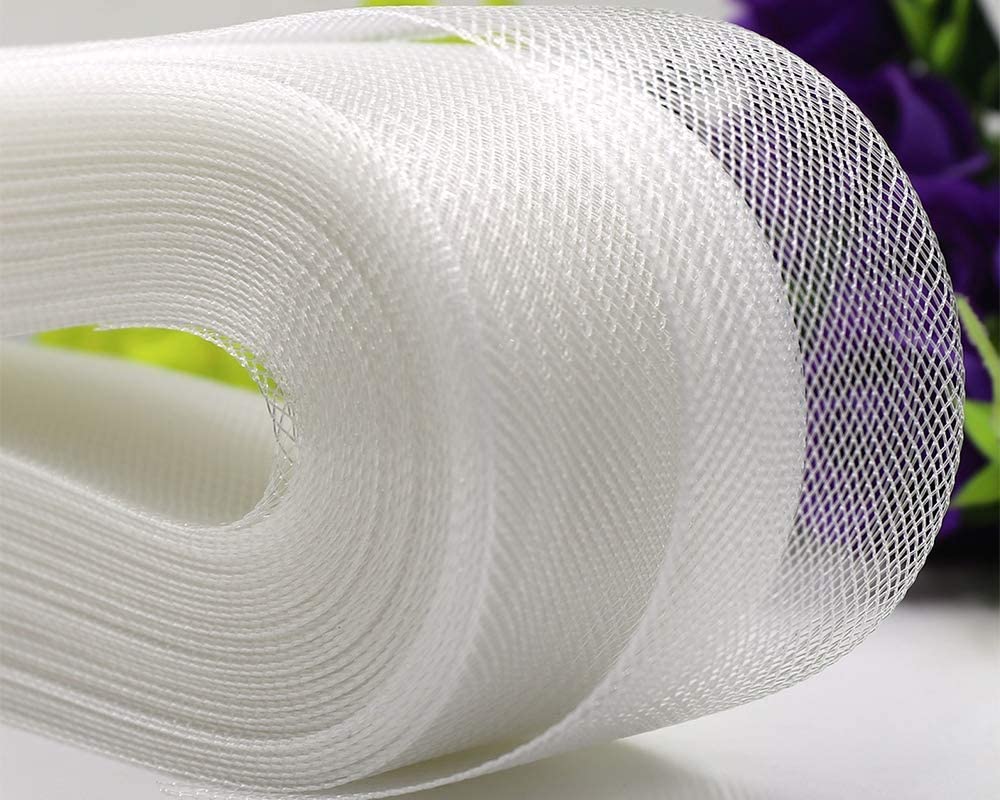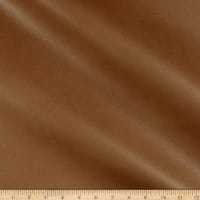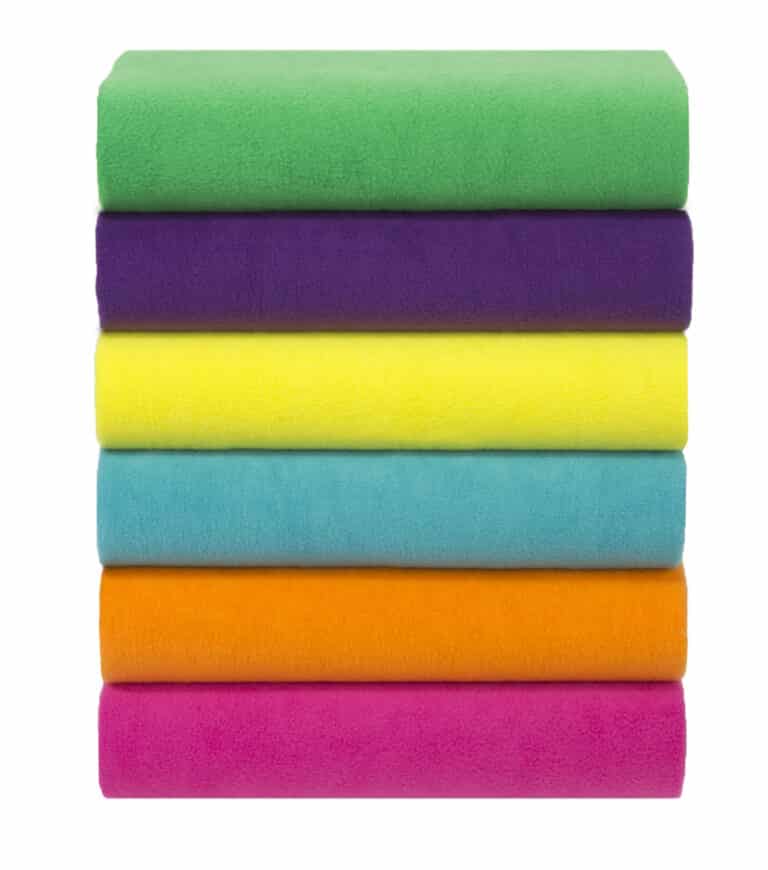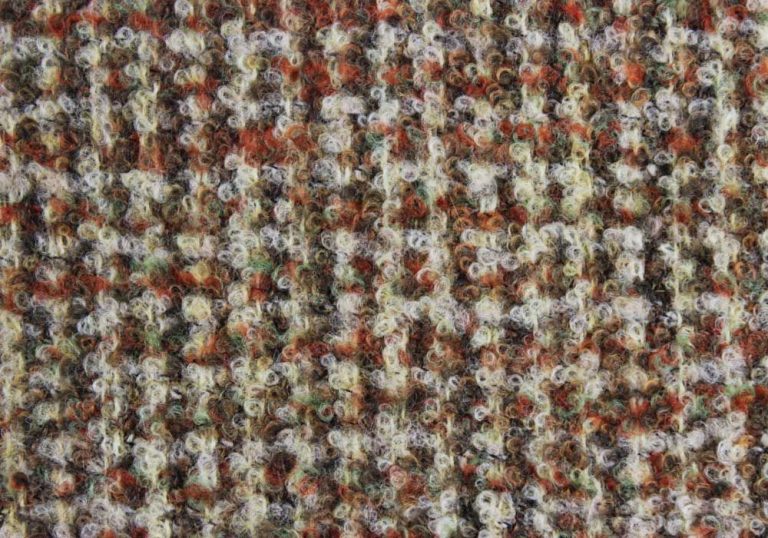Crinoline Fabric: History, Properties, Uses, Care, Where to Buy
Table of Contents
Introduction to Crinoline
You might have seen an elegant old gown with hoop ball kind of design in the old movies, especially those shot in England, France, and other European countries. A major portion of those dresses was made of Crinoline.
| Content | Summary |
|---|---|
| Introduction to Crinoline | Overview of crinoline fabric and its historical significance |
| History of Crinoline | Evolution of crinoline fabric from horsehair to metal spring hoops |
| Properties of Crinoline | Stiff texture, durability, pure quality, and budget-friendly |
| Common Uses of Crinoline | Manufacturing dresses and adding volume to skirts or dresses |
| Caring for Crinoline | Washing with care, avoiding hot water, and drying in shade |
| Pros of Crinoline | Stiff texture suitable for specific dresses, durable, pure quality, and budget-friendly options |
| Cons of Crinoline | Limited range of uses compared to other fabrics |

This fabric was originally a petticoat, which was manufactured from horsehair. The word Crin in its name represents a French word that translates to the horsehair. However, the modern Crinoline is also made of , nylon, polyester, and cotton. It has a stiff texture because of its chemical treatment.
History of Crinoline
The creation of Crinoline started in the 1840s with the French, who used horsehair for manufacturing a specific type of fabric. However, later in 1856, they replaced whalebone and horsehair with the frames of metal spring hoops. These hops were added to add volume under the skirt. This was the most renowned fashion during those times, and women loved it, especially in France, England, and other European countries.
Moreover, during the 1860s, the dome shape of crinoline was replaced with the pyramid shape as a new fashion trend, while after 1865, the dress started having a flat front. This amazing dress got out of fashion after 1878. And now, the fabric is being used for making various items.
Properties of Crinoline
All fabrics have their specific properties, which differentiate them from others. Some major properties of the Crinoline fabric are discussed below.
Stiff
This fabric is not one of the soft ones. In fact, it is famous for its stiffness and hard texture. The stiffness in its texture is specifically added to make it suitable for some specific dresses.
Durable
Crinoline is a very durable fabric. It has been built to last. So, you can expect your crinoline items to last longer.
Pure and Fine Quality
This fabric is either made of 100% cotton, 100% nylon, 100% linen, or 100% polyester. You will not find a mixture or blend in this unless an exception occurs. The purity of fabric enhances its quality and makes it a fine fabric.
Budget-Friendly
The Crinoline made of polyester and nylon is comparatively cheaper than cotton. So, you have the option to buy a budget-friendly version of this fabric too.
Common Uses of Crinoline
Though Crinoline does not have a lengthy list of uses like , fleece, and other fabrics, it has some common uses discussed ahead.
Dresses
The major use of this fabric is found in manufacturing dresses. This trend had stopped for a while, but the recent fashion industry has again started using this fabric for various purposes, including gowns, dresses, skirts, etc. So, you can easily find some amazing dresses made of Crinoline.
Paired Cloth
Along with being used for making dresses, this fabric is also used as a paired cloth underneath the actual skirt or dress to enhance its volume due to the greater stiffness of this fabric.
Caring for Crinoline
Caring for Crinoline is not as difficult as the fabric. It has some simple procedures which should be followed to maintain its quality.
You can wash it both with hands and machine. However, while washing it in a machine, make sure to select a delicate cycle. It is better to use lukewarm water. Choosing hot water might damage its stiffness and the chemical used in it. Moreover, for drying, do not directly hang it under the sun; find a shade, and hang it there.





